We recently mused that Intel could catch up, if not overtake AMD in iGPU performance, but now there’s information suggesting upcoming Intel Xeon processors could close the gap with AMD in servers. In fact, the “Granite Rapids” processors appear to eliminate AMD Epyc processors’ long-standing lead in core count and will bring as many as 128 cores. However, these will probably use the not-so-successful Meteor Lake microarchitecture… Read more “Next-gen Xeon 6 has 128 Meteor Lake P-Cores and 500W TDP”
Category: News
Caveat: RGB LEDs can damage graphics cards and other hardware
A curious “scandal” has now surfaced on the Internet: it seems that decorative RGB LEDs in your computer may not be a purely cosmetic feature that has no effect on the hardware. Users on social media have noticed that the illumination can leave an irreversible mark on your hardware, so to speak, such as on a graphics card that you have next to your RGB memory. Whether this can also have adverse effects on users is hard to say. Read more “Caveat: RGB LEDs can damage graphics cards and other hardware”
Stacked DRAM on the horizon. Could be a revolution like 3D NAND
DRAM used in operating memory has long been experiencing problems. It doesn’t have the best scaling to new manufacturing nodes, which limits capacity growth. Things used to be similar with 15nm NAND Flash, the last gen before planar technology was replaced by 3D NAND. That literally breathed new life (or at least TBWs) into SSDs. However, a stacked “3D” version is now shaping up for DRAM as well, giving hopes it could be similarly groundbreaking. Read more “Stacked DRAM on the horizon. Could be a revolution like 3D NAND”
Axagon Riddle (4/2024). Can you guess what’s in the photo?
In cooperation with Axagon, we have prepared a cyclical activity for this year, which may be of interest to HWCooling readers. We’ll post a detail of some piece of hardware and you can guess what it is. You can compete (and eventually win something) on a regular basis, with a new challenge every month. But for now, you need to get “to the next round” through the next one, in April. Read more “Axagon Riddle (4/2024). Can you guess what’s in the photo?”
Unstable Raptor Lake CPUs on the rise, Intel analyzes the issue
We recently reported on Intel Raptor Lake processors stability issues in games. Reports of crashes often accompanied by misleading messages about lack of video memory don’t seem to be subsiding, but rather multiplying, as do the number of games in which these problems are reported. Intel has not yet taken an official position on the matter, but is analyzing the problem. It is perhaps the biggest such issue with Intel processors in recent times. Read more “Unstable Raptor Lake CPUs on the rise, Intel analyzes the issue”
RDNA 4 Radeon GPUs: specs and performance of both chips leaked
Previously, new GPU generations were coming in 2-year cycles, which would mean a launch this fall. However, Nvidia’s roadmap has put the GeForce RTX 5000 launch into 2025 some time ago. AMD is still unclear on the launch date of Radeon RX 8000s, but there’s some chance it’s within this year. The specs of these GPUs using RDNA 4 architecture have now surfaced on the internet. If they are real, it might even point to a release relatively soon. Read more “RDNA 4 Radeon GPUs: specs and performance of both chips leaked”
Want an extra short ATX PSU? Enermax is giving some away
In cooperation with Enermax, we are organizing an activity where you can win one Revolution D.F. 12 PSU in any variant. 750 W or 850 W? Black, white? It doesn’t matter, whichever you choose for your build. The only condition is that you make the best use of its unique feature in the form of an extra short design. These are the shortest PSUs in the ATX format, and in this case, they also feature the latest ATX 3.1 standard. Read more “Want an extra short ATX PSU? Enermax is giving some away”
DeepCool: Efficient cooling even in smaller cases (CH360)
DeepCool has released cases designed for motherboards up to mATX. This paves the way for more space-saving PC builds and, in the case of the CH360 series of cases, at a relatively low price. Starting at 80 EUR, the cheapest model seems like a fair offer considering that as many as three fans are included. And for a small premium, you can also have a display to monitor component temperatures. Read more “DeepCool: Efficient cooling even in smaller cases (CH360)”
BeQuiet! put all their modern fans in white
Both 120 and 140 mm BeQuiet! fans from the Silent Wings (Pro) 4 and Pure Wings 3 series are now available in an all-white design. So both more expensive and cheaper fans, which have in common a very high airflow per unit of noise. Across the entire price spectrum, you are dealing with some of the most efficient fans you can buy for computers. And not just among the white ones. Read more “BeQuiet! put all their modern fans in white”
AMD to produce lowend CPUs and GPUs using Samsung’s 4nm node
Back when the groundbreaking Ryzen processors launched, AMD was still manufacturing almost all of its products at GlobalFoundries, with the exception of chipsets designed by ASMedia. But now, by contrast, it is almost fully tied to the fortunes of TSMC. However, it looks like there could soon be some diversification in place. Samsung-made chips are coming to low-cost processors and they’ll also appear in Radeon graphics cards later. Read more “AMD to produce lowend CPUs and GPUs using Samsung’s 4nm node”
AMD’s Zen 5 is said to be 40% faster over Zen 4. Can that be real?
The day when AMD releases processors with the new Zen 5 core, allegedly the biggest upgrade since the first Zen, is closing in. Their performance remains quite unclear though – on the one hand AMD’s materials talk about a 10–15% or a little bit more performance increase per 1 MHz, but at the same time there are rumors talking about 30% or now even 40% performance increase. So what to believe and what to watch out for? Read more “AMD’s Zen 5 is said to be 40% faster over Zen 4. Can that be real?”
FSR 3.1 improves quality, can add frame generation to DLSS
At GDC 2024, AMD unveiled the 3.1 version of its FidelityFX Super Resolution (FSR) game upscaling. This is an evolution based on last year’s FSR 3.0 and is designed to improve image quality, but also brings an interesting change. Previously, a frame generation technology (analogous to Nvidia’s frame generation in DLSS 3 and 3.5) was introduced in FSR 3. In FSR 3.1, it can now also be used separately, even combined with DLSS. Read more “FSR 3.1 improves quality, can add frame generation to DLSS”
New Arctic P14 Max: Anti-vibration and high speed
Those interested in 140mm fans have reason to rejoice. After the P12 Max, Arctic is also releasing the P14 Max, which is one size larger. These stick to the already established features, such as a significant speed increase, but also probably a noise reduction even at low speeds. By all accounts, these should be universal fans that will be efficient across the entire speed spectrum, and on all types of obstacles. Read more “New Arctic P14 Max: Anti-vibration and high speed”
DeepCool PN-M: An influx of new ATX 3.1 PSUs (650–850 W)
Upgrades towards the ATX 3.1 standard (from ATX 3.0) can be expected in the next period from leading PSU brands. Each will take on this task in different ways, for DeepCool it is now the release of the new PN-M model series. It represents the mid-range, characterized by the 80 Plus Gold or Cybenetics Gold efficiency rating, modular cabling and an output range of 650–850W. Read more “DeepCool PN-M: An influx of new ATX 3.1 PSUs (650–850 W)”
Ray tracing on AMD RDNA 4 will be twice as fast thanks to BVH8
A few days ago, information leaked on Sony’s upcoming PlayStation 5 Pro console, which will feature upgraded hardware with a significantly stronger GPU and AI acceleration to enable AI-based PSSR upscaling. Other details have now emerged, however, with implications for the upcoming Radeon RX 8000 graphics, as they talk about the capabilities of RDNA 4 architecture’s GPUs in ray tracing. They are set to improve by quite a bit. Read more “Ray tracing on AMD RDNA 4 will be twice as fast thanks to BVH8”





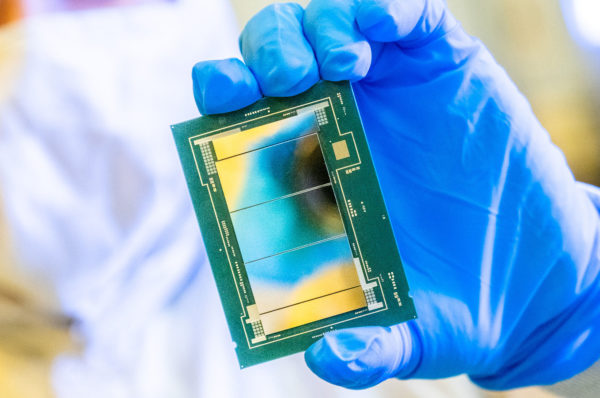
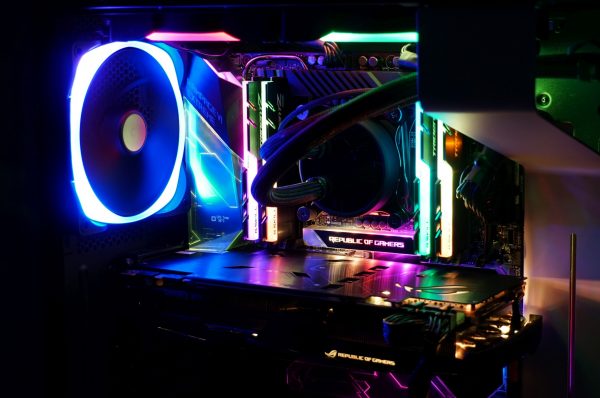
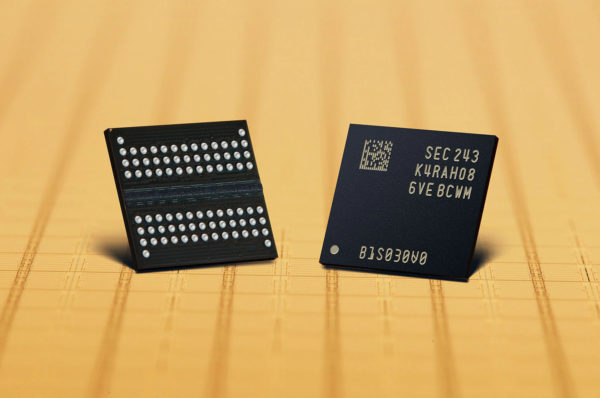
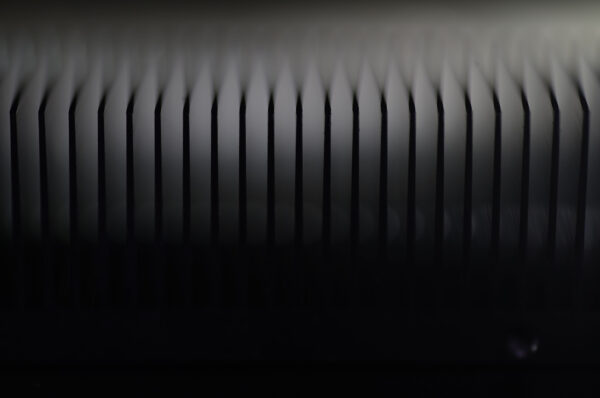
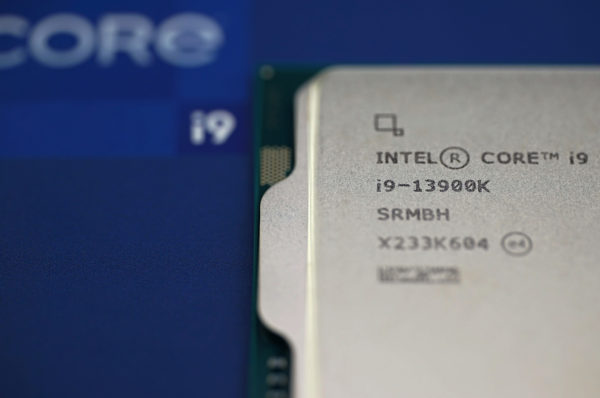
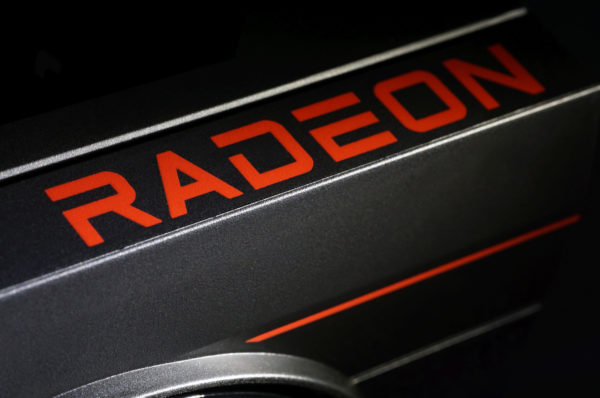
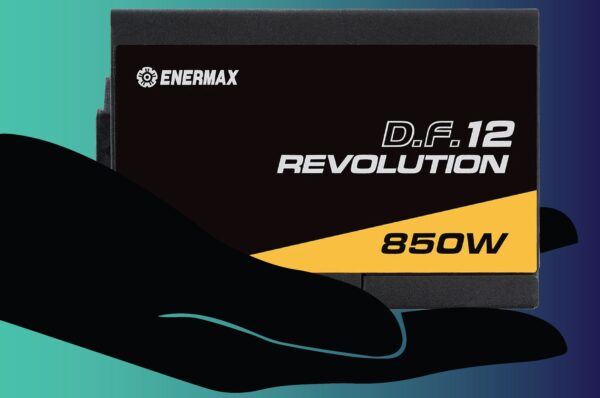
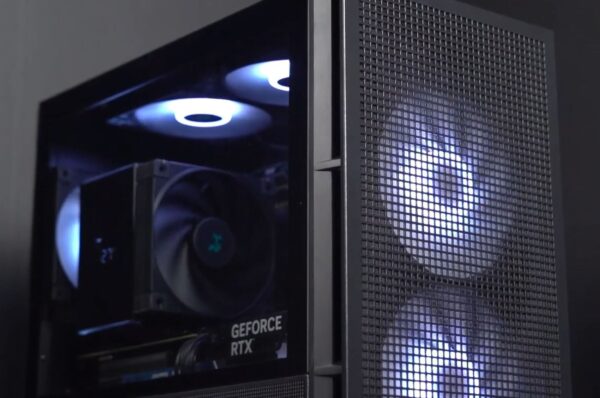

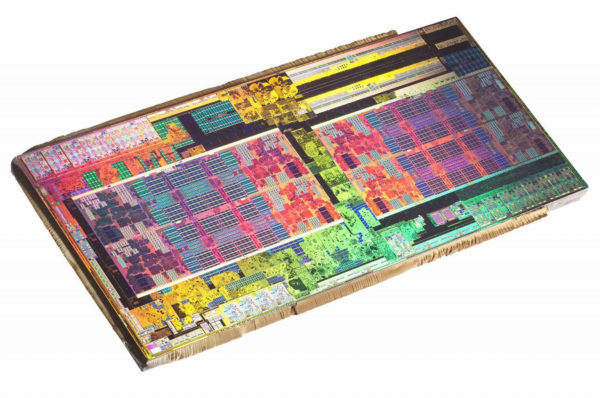
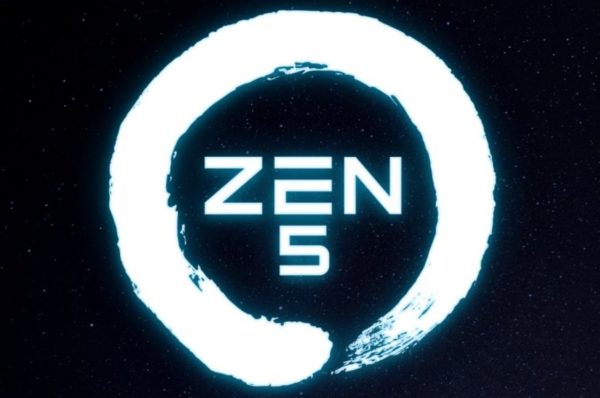
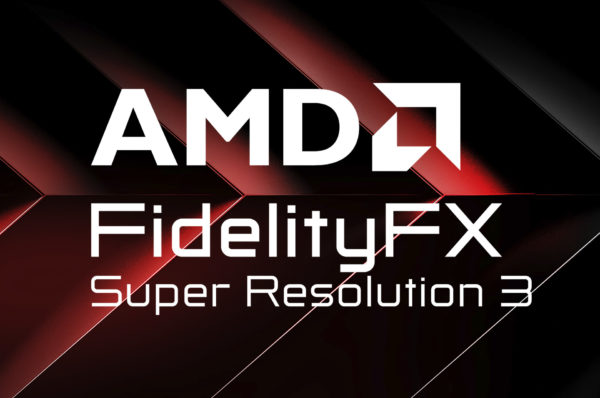
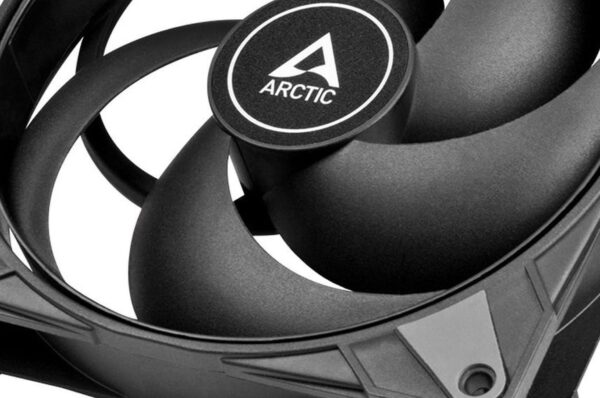
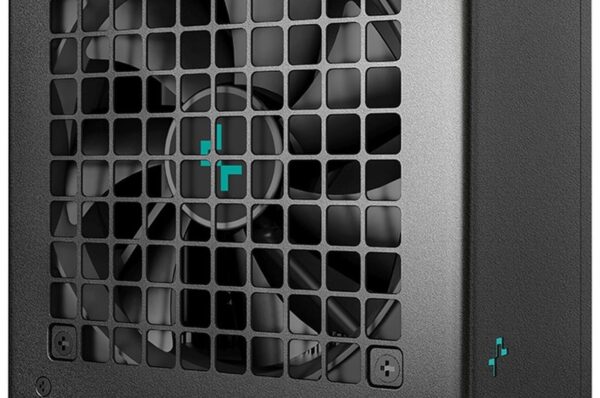
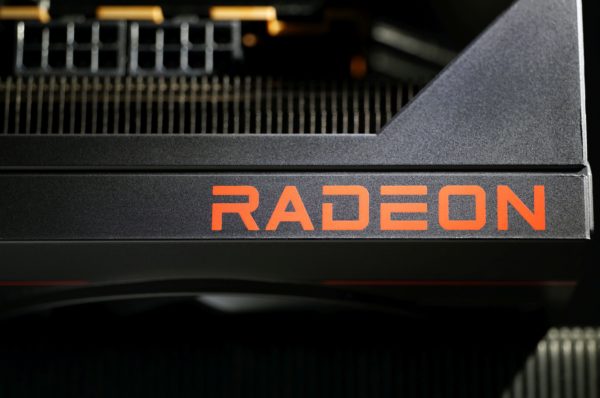



Latest comments